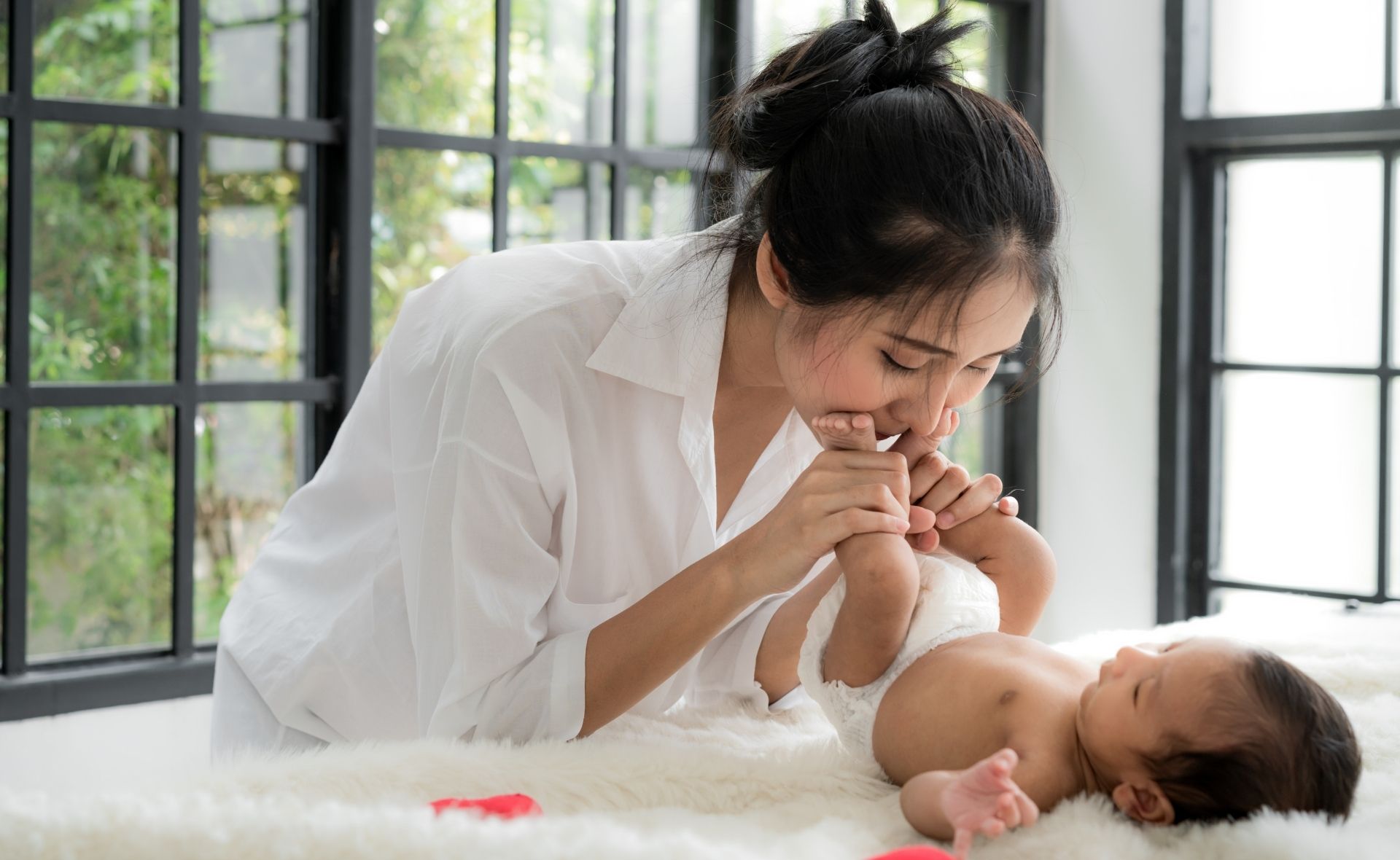According to psychologist Dr Michael Carr-Gregg of the National Centre Against Bullying, there are five types of bullying:
physical bullying;
verbal bullying — eg: racist or homophobic remarks;
social (covert) bullying — including a child being excluded from groups, or having lies or rumours about them spread;
psychological bullying — where someone is stalked, threatened or manipulated; and
cyberbullying — where technology is used to bully.
Related: Four prominent Australians discuss how they overcame bullying
Boys and girls experience different types of bullying. Boys experience physical bullying more commonly than girls who are subject to indirect forms of aggression (excluding, peer-group rejection, spreading of rumours, etc).
Research suggests that a significant number of young people who are bullied tell no-one. A common reaction to being bullied is not to seek help from others, but rather to withdraw and suffer in silence.
Signs your child might be being bullied:
Unexplained cuts or bruises
Ripped clothing
Vague headaches or stomach aches
Reluctance to go to school
Asking for “lost” possessions to be replaced
“Losing” lunch money
Falling out with previously good friends
Being moody or bad tempered
Wanting to avoid leaving the house
Aggression with brothers and sisters
Doing less well at schoolwork
Insomnia
Anxiety
Being quiet or withdrawn
In pictures: Ten things not to say to children
What parents should do:
“If bullying isn’t challenged by people in a position of authority,” Dr Carr-Gregg says, “then the bully keeps bullying. Teachers and parents need to take a stand.”
Talk to your child.
Get the whole story — ask them what they want to happen.
Explain bullying is never okay — and that it is not their fault.
Find out what, when and where it happened and if anyone else saw it.
Contact the school and remain calm.
Don’t advise your child to fight back and don’t tell them it will just go away.
Develop a plan together.
Don’t overreact, don’t get angry.
For further information, visit the National Centre Against Bullying or Bullying. No Way! websites.
Your say: Have your children been bullied? How did you deal with the situation? Do you think kids today are bullied more than those in the past?
Video: How to protect your children from cyber-bullying




.png)